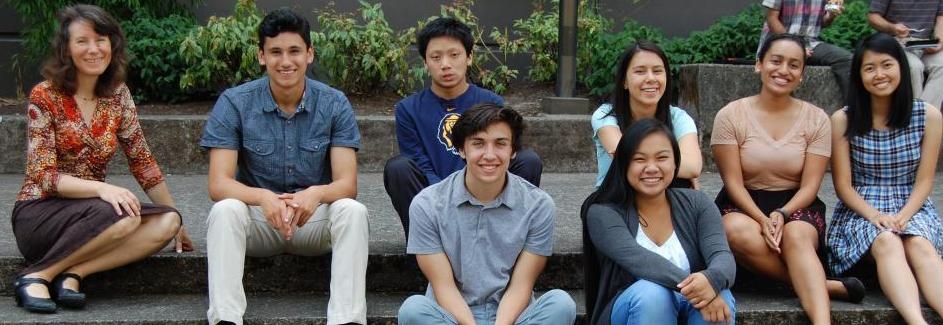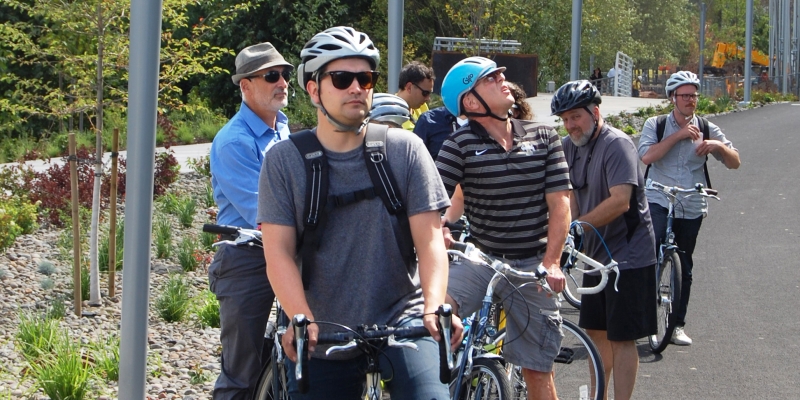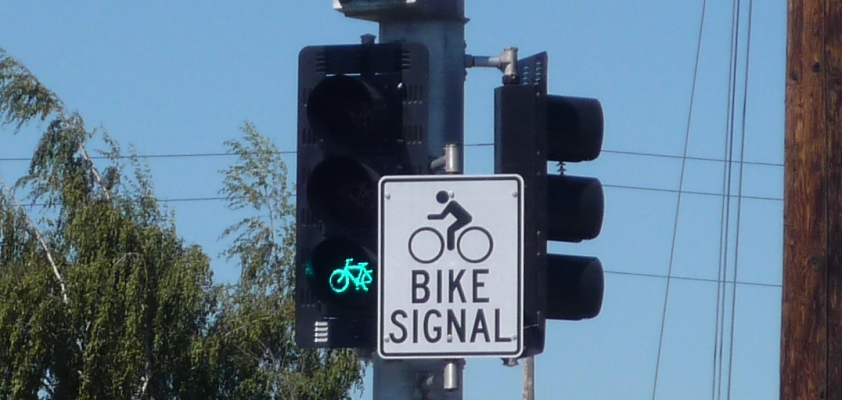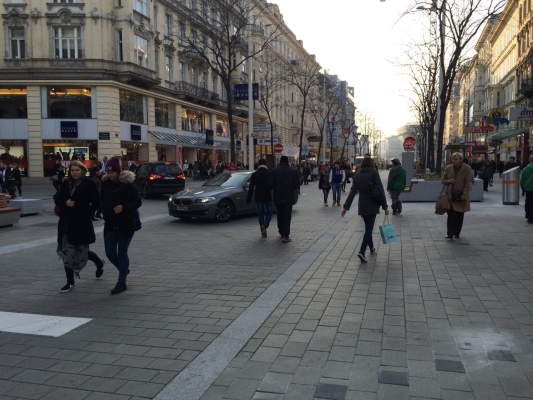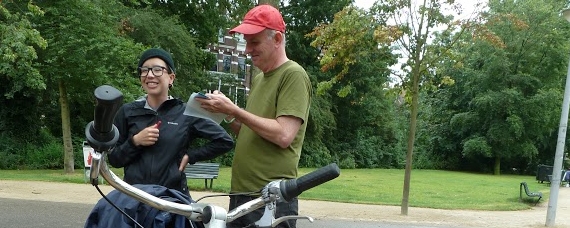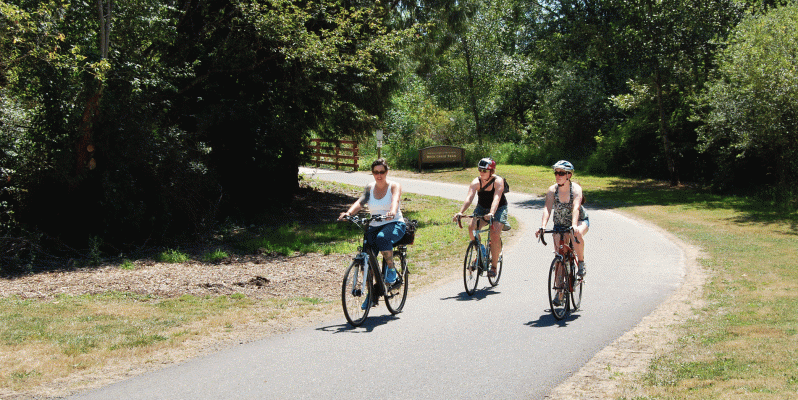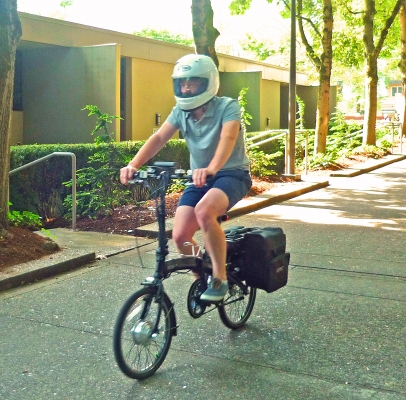Seven dedicated students spent their summer days in TREC’s offices at PSU this year, working to transform the Bike-Ped Portal project from a dream into a reality.
TREC already houses Portal, a vast collection of Portland-area traffic and transit data, and NITC researchers saw a need for a database on the national scale for non-motorized transportation modes.
Research associate Krista Nordback launched the NITC pooled-fund project, Online Non-motorized Traffic Count Archive, with co-investigator Kristen Tufte in the spring of 2014. A year ago, Bike-Ped Portal was little more than an idea.
Now it contains roughly four million individual records of bicycle, pedestrian and even equestrian movements in five states.
High school interns Jolene Liu, Tomas Ramirez, Tara Sengupta, Gautum Singh, Kim Le, Max Fajardo and Kimberly Kuhn worked full time for weeks in order to convert piles of unsorted documentation into usable formats.
Nordback engaged the team of interns through Saturday Academy, a...
Read more
